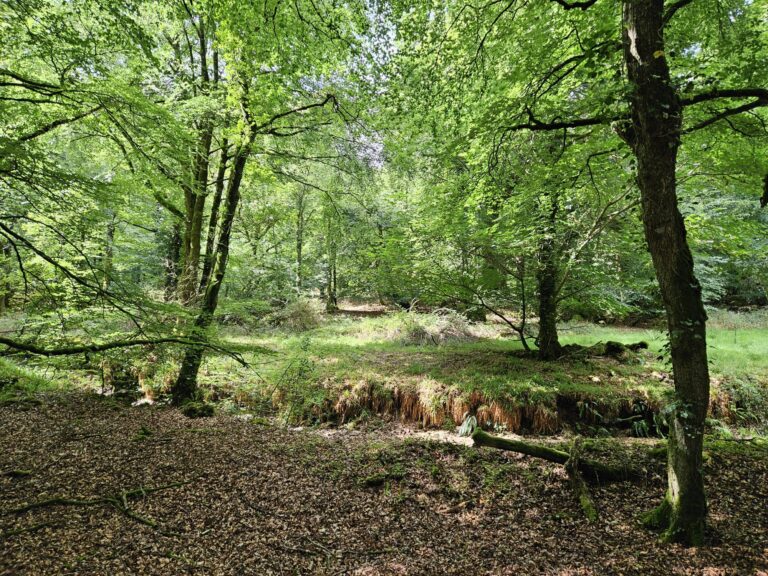Ballyvonare
Biodiversity Haven
All pictures featured are sourced from our sites.
Ballyvonare Biodiversity Haven Preserving the Wild Heart of Ireland
Ballyvonare Biodiversity Haven
Nestled in North County Cork, at the foothills of the Ballyhoura Mountains, Ballyvonare is a shining example of Ireland’s natural heritage and a sanctuary for biodiversity. This unique site seamlessly integrates conservation with sustainable land management practices, reflecting a profound commitment to preserving nature.
Ecological Significance
Ballyvonare forms part of a Natura 2000 site and is adjacent to both the Ballyhoura Special Area of Conservation (SAC) and Kilcolman Bog Special Protection Area (SPA). This remarkable location features diverse habitats, including heathland, bogs, permanent pastures, native ancient woodlands, and areas of commercial forestry, all contributing to a rich tapestry of biodiversity.
Avian Diversity
Ballyvonare is a vital breeding and foraging ground for the Hen Harrier, a bird of prey of significant conservation concern. Other raptors such as the Sparrowhawk, Buzzard, and Kestrel are also commonly seen. Adding to its avian diversity, the site supports species like Skylarks, Jays, the elusive Cuckoo, and Barn Owls. The nearby Kilcolman Bog further enriches the birdlife with Whooper Swans, Teal, and Shovelers during the overwintering season.
Mammalian and Amphibian Inhabitants
The land hosts a variety of mammals and amphibians, including:
• Deer, Badgers, Foxes, Pine Martens, and Red Squirrels: These species thrive in Ballyvonare’s diverse landscapes.
• Newts and Frogs: Benefiting from the farm’s wetland habitats.
Kilcolman Bog Connection
As part of its conservation efforts, Ballyvonare encompasses portions of Kilcolman Bog, a national nature reserve and SPA. This fen is a critical overwintering site for Greenland White-Fronted Geese, Whooper Swans, and numerous duck species, emphasizing its ecological importance within County Cork.
Sustainable Farming Practices
Ballyvonare exemplifies sustainable and regenerative land management. A low-density herd of Aberdeen Angus cattle and lowland sheep is managed using cell grazing techniques. Livestock are pasture-fed throughout the year, avoiding grain and other inputs. Woodland areas are left fallow to encourage natural regeneration, further boosting biodiversity and habitat health.
A Cork Landmark of Conservation
Situated in one of Ireland’s most scenic regions, Ballyvonare serves as an inspiring model of blending productive farming with environmental stewardship. Its commitment to preserving biodiversity while supporting agricultural productivity makes it a beacon of sustainability and a testament to the possibilities of nature-based solutions.

























































